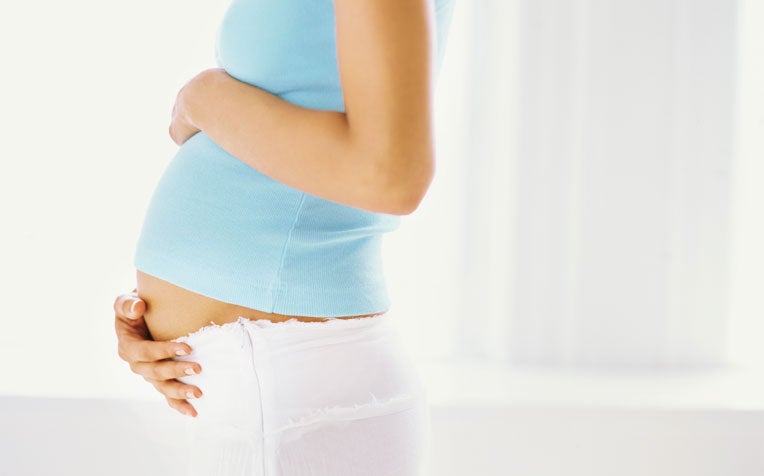
Umblical cord blood is used to treat blood cancers, blood disorders, immune deficiencies, and metabolic diseases.
The call has been heeded. More mothers are donating cord blood to the Singapore Cord Blood Bank (SCBB) but there is still not enough to save everyone who needs it, especially those from minority and mixed races.
Demand is high. Every month, local and international patients look for a suitable match in SCBB’s inventory. Some, who need it for life-saving transplants, cannot find a match either from SCBB or global registries.
Dr William Hwang, Medical Director, SCBB, and Head and Senior Consultant, Department of Haematology, Singapore General Hospital (SGH), a member of the SingHealth group, said it is difficult for Asians, minorities and mixed races to find a match from global bone marrow and cord blood registries, as many of those donors are of Caucasian origin, not from an Asian population.
Matches are based on race and tissue type, so people with mixed heritage who have diverse tissue types will find it harder to find a match.
Dr Hwang emphasised the need to build an inventory from minority races. “It is important for a multiracial nation like Singapore to build a national resource for Singaporeans of Chinese, Malay, Indian and Pan-Asian origins.
Donating cord blood to a centralised public cord blood bank increases the chances of finding a match for a patient in need of a life-saving transplant.”
Urgent need for donations
After initial evaluation and testing, less than half of the cord blood SCBB receives is found usable for cord blood transplants.
Donated cord blood is evaluated for volume, number of cells, and cell viability before processing. If it meets the criteria, it is tested for infectious diseases and other requirements to ensure it is safe for immune-compromised patients. These stringent standards are to ensure that the units, which are banked in cryogenic tanks at –180°C, are of the highest quality possible.
As every delivery is unique, the amount of umbilical cord blood collected after the safe delivery of each baby is unpredictable. Although SCBB cannot bank all donated units, each donation contributes to the total public cord blood inventory, and increases the chances of saving the lives of many patients.
Currently, only a small proportion of mothers are donating. Dr Hwangʼs plea is for more of them to donate. “If every expectant mother pledges to make a cord blood donation, this helps to build the public inventory and ensure that a cord blood unit is available for every patient who may need it to survive. Rather than discarding the umbilical cord blood after delivery, which is done frequently, parents can donate it to give someone a chance of a cure.”
He said that at present there is an urgent need; some patients truly need cord blood to survive. They could succumb to their diseases if they have to wait too long for a match. SCBB is reaching out to parents and exploring ways to increase awareness about cord blood donation, with other organisations. It hopes to increase cord blood collection from each race, to improve the chances of patients of any race finding a match when they need it.
Why cord blood?
The umbilical cord blood that remains in the placenta and the umbilical cord of newborns is a rich source of haematopoietic (blood-forming) stem cells, which produce red and white blood cells, and platelets, to keep the body healthy. They are used to treat serious blood-related conditions such as blood cancers including leukaemia and lymphoma, blood disorders, immune deficiencies and metabolic diseases.
Stem cells from cord blood are used in Haematopoietic Stem Cell Transplants. This is usually the last treatment option for patients with high-risk medical conditions and who do not respond to other treatments. These stem cells are also found in bone marrow and mobilised peripheral blood. However, cord blood stem cells, being the earliest source of stem cells available, are able to accept higher levels of mismatch.
Usually, patients receive unrelated cord blood, which comes from someone not biologically related to them. Doctors do not recommend that patients use their own cord blood, as it may already carry the genetic abnormality that led to their disease in the first place. Dr Hwang said it is important that people donate cord blood to give patients the best chance of finding blood stem cells for transplantation.
There is a one-in-four chance of finding a sibling who is fully matched, and less than a 50 per cent chance of successfully getting a matched unrelated donor. Since cord blood transplants can be carried out despite mismatches in tissue type, there is a much higher chance of finding a suitable cord blood unit.
Ref: R14
Contributed by


















 Get it on Google Play
Get it on Google Play